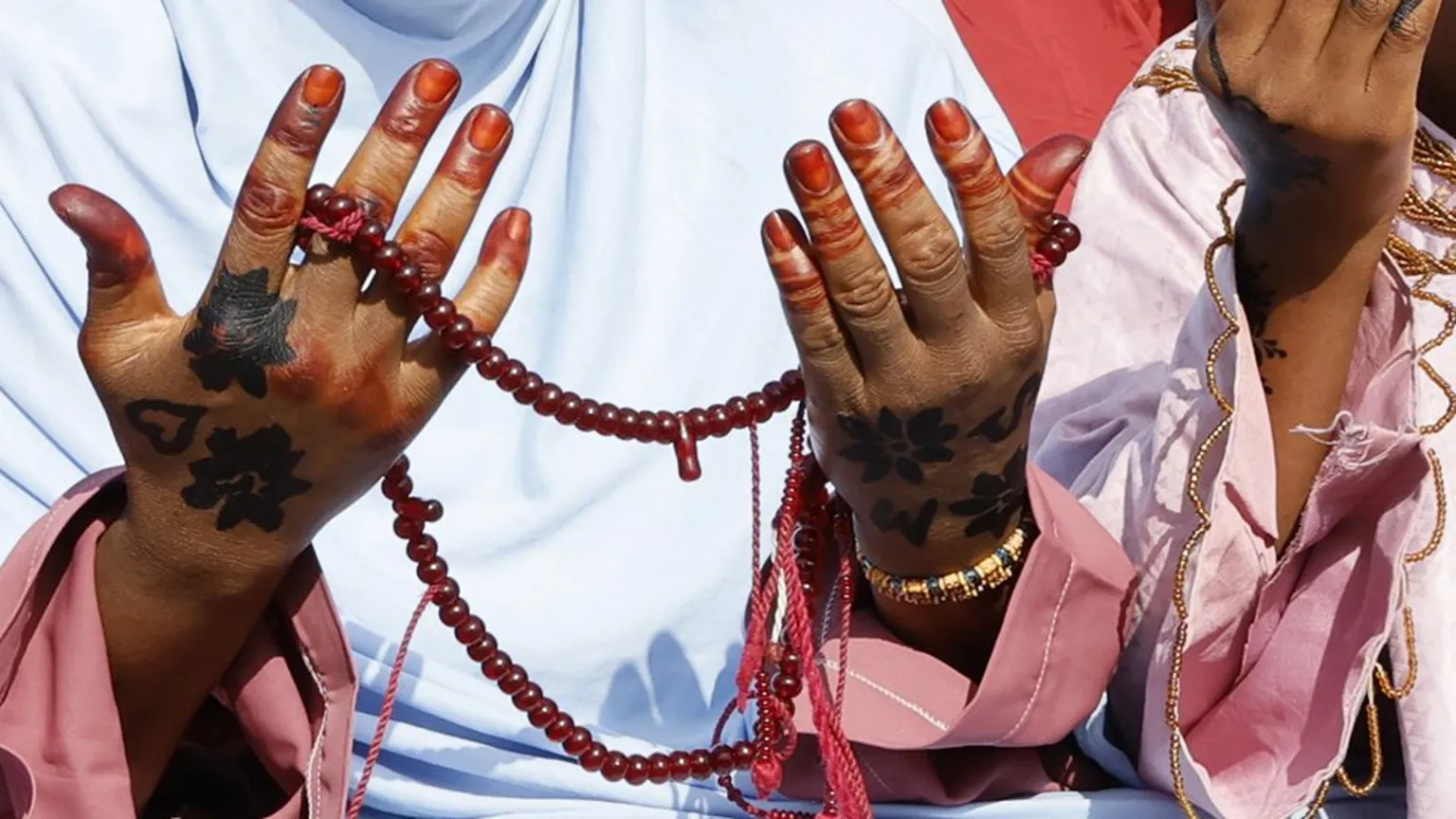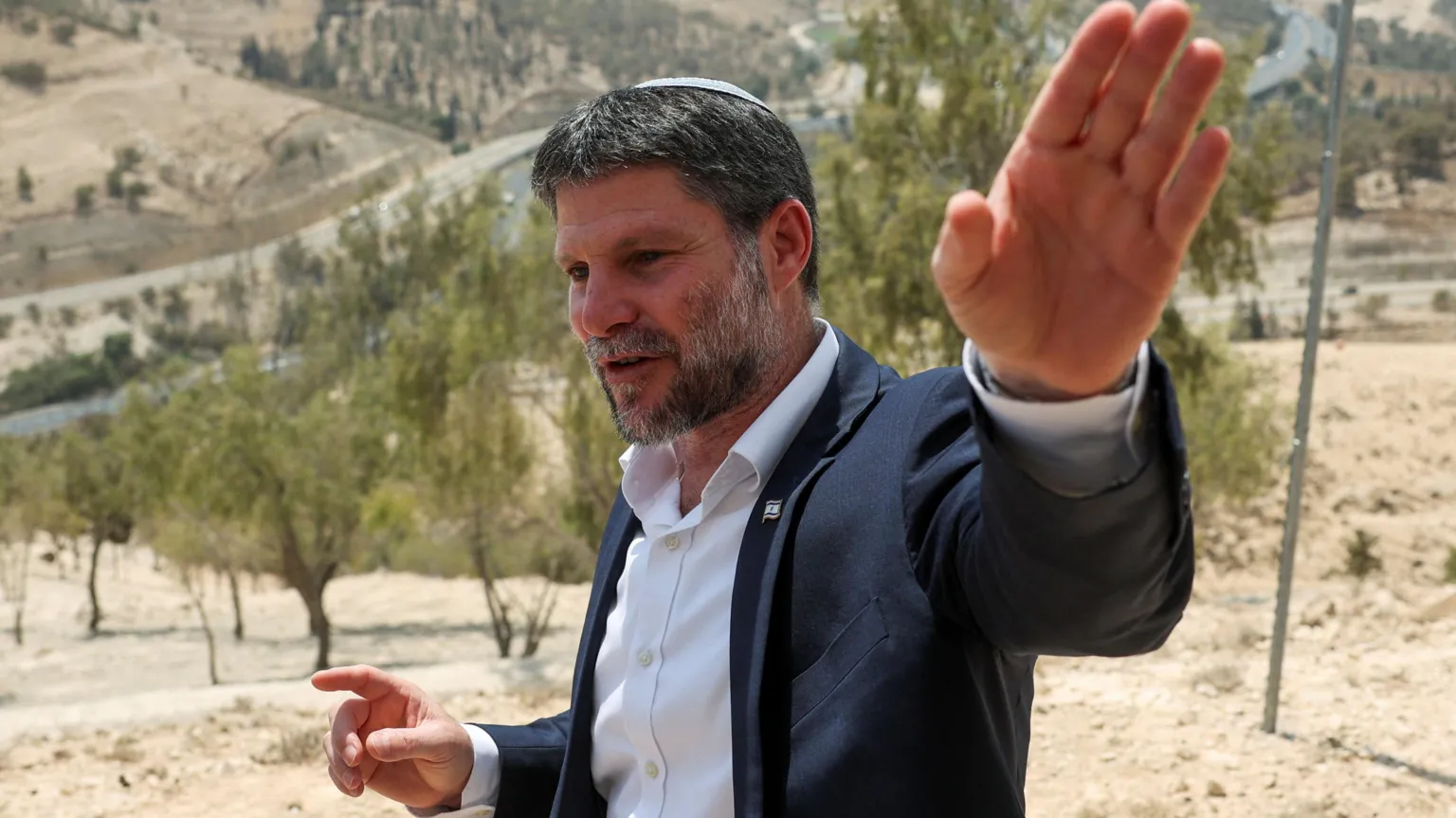By Sam Omotoso. (LL.M, Duke Law, United States)
Introduction
Armed Conflicts are generally classified under International Armed Conflict (IAC) or Non-International Armed Conflict (NIAC). An armed conflict between two nations is an International Armed Conflict. Defining a Non-International Armed Conflict is where it gets a little dicey. According to Dr Chiara Redaelli[1], Research Fellow at the Geneva Academy, ‘We use two criteria to assess whether a situation of armed violence amounts to a NIAC under international humanitarian law: the level of armed violence must reach a certain degree of intensity that goes beyond internal disturbances and tensions, and at least one side to the conflict must be a non-state armed group that exhibits a certain level of organization. In the case of Nigeria, we consider that both criteria are met.[2] Indeed, Boko Haram is a non-state armed group with no affiliation to the state with its level of organization evident in the existence of its central leadership and command structure. Further, the violence orchestrated by Boko Haram was superfluous and beyond mere internal disturbances; and it is argued that cumulatively, the satisfaction of these two criteria sufficiently qualifies Boko Haram insurgency as a NIAC as will be further substantiated through the course of this paper. To add, conflicts of non-international character are conflicts characterized by violence taking place in the territory of one contracting party to which Nigeria qualifies. After establishing this fact, it is important to clarify which laws of armed conflict will apply in this situation.
Common Article 3 to the Geneva Conventions
Common Article 3 to the Geneva Conventions of 1949,[3] Additional Protocol II to the Conventions,[4] and Customary International Law are the germane IHL treaties providing for, and governing NIAC; and to dissect the relationship between the Boko Haram insurgency cum conflict and the laws of armed conflict, a cursory look at these laws becomes necessary.
The Common Article 3 provides for the obligations of parties (the Nigerian army and other national enforcement on one side and on the other, individuals and dissidents of the Boko Haram group) in a non-international armed. It mandates that all individuals who are not actively participating in hostilities, (civilians) must be treated humanely. Additionally, it stipulates that the wounded and sick must be collected and cared for. Impartial humanitarian organizations, like the International Committee of the Red Cross, are permitted to offer their services to the conflicting parties. The parties are also encouraged to implement additional provisions of the Convention through special agreements. Importantly, the application of these provisions does not affect the legal status of the parties involved in the conflict”[5]
The provision of common article 3 enunciated above brings to bear 2 important factors, viz:
Addresses armed conflict not of an international character.
Expressly provides for conducts that are prohibited during NIAC.
A further dissection into the nature of Boko Haram’s conflict with the Nigerian state, reveals that several conducts prohibited and regulated by Common Article 3 cited above were often occasioned during the pendency of the conflict. The conflict gave rise to acts like wanton murder, kidnappings, bombings, torture, cruel treatment, mutilation, use of excessive force, extra judicial killings, mistreatment of the wounded and sick, rape, and forced labor. More specifically, these war crimes[6] were committed against persons not involved/taking part in the conflict, which is a breach even, on the general principles of IHL. To date, some of the kidnapped victims of Boko Haram at Chibok, remain in captivity, 10 years after.[7]
Additional Protocol II
Whilst Common Article 3 is the main body of law governing NIAC, Protocol II to additional to the Geneva Conventions compliments and supplements Common Article 3 to the Geneva Conventions. “The only provision applicable to non-international armed conflicts before the adoption of the present Protocol was Article 3 common to all four Geneva Conventions of 1949.”[8] It is the view of the ICRC that Common Article 3 proved to be inadequate. According to ICRC “…about 80% of the victims of armed conflicts since 1945 have been victims of non-international conflicts and that non-international conflicts are often fought with more cruelty than international conflicts. The Protocol aims to extend the essential rules of the law of armed conflicts to internal wars.” [9][10] In Article 1 it enunciates that the protocol expands upon Article 3 common to the Geneva Conventions of 1949, without altering its current conditions of application. It applies to armed conflicts not addressed by Article 1 of Protocol I (which pertains to international armed conflicts) and specifically covers conflicts occurring within the territory of a High Contracting Party. These conflicts involve the state’s armed forces and dissident armed forces or other organized armed groups. These groups must be under responsible command and control enough territory to conduct sustained military operations and implement the Protocol’s provisions.
The Common Article 3 to all Geneva Conventions specifically deals with NIAC. While Additional Protocol II to the Geneva Conventions governs the situation of NIAC. It states when the conflict can be termed non-international armed conflict and the point at which the IHL law applies.[11] It is expedient to note that Protocol II, like common Article 3, does not establish any special category of protected persons nor does it create any special legal status. Both members of the armed forces of a party to the conflict and civilians deprived of their liberty for conflict-related reasons are afforded the same legal protections. This is outlined in Article 4[12] (“Fundamental guarantees”), Article 5[13] (“Persons whose liberty has been restricted”), and Article 6[14] (“Penal prosecutions”). It emphasizes that national laws remain in effect, allowing authorities to prosecute and, if necessary, sentence individuals found guilty of offenses related to the conflict. Specifically, the Protocol does not prevent the prosecution of a member of an insurgent armed group for engaging in armed conflict. Furthermore, it does not grant such individuals combatant or prisoner-of-war status.[15]
Customary International law
Having established the applicability of Common Article 3 and Protocol II to a Non-International armed conflict, the question of the applicability of customary international law should be considered. “Until recently, there was only limited international precedent dealing with customary law concerning the laws of armed conflict applicable in internal conflict. However, since the establishment of the Yugoslavia and Rwanda Tribunals, this situation has changed” [16] . More so, in the case of military and paramilitary activities in and against Nicaragua, the International Court of Justice pointed out that Common Article 3 reflects elementary considerations of humanity.[17] Also in Prosecutor v. Dusko Tadic, the Yugoslavia tribunal stated that: “The emergence of international rules governing internal strife has occurred at two different levels: at the level of customary law and at that of treaty law. Two bodies of rules have thus crystallized, which are by no means conflicting or inconsistent, but instead mutually support and supplement each other. Indeed, the interplay between these two sets of rules is such that some treaty rules have gradually become part of customary law. This holds true for Common Article 3 of the 1949 Geneva Conventions”.[18] You might want to ask if the provisions of Additional Protocol II could also be regarded as customary international law. In Prosecutor v. Kordic and Ors, the Yugoslavia tribunal mentioned Article 13(2)[19] concerning unlawful attacks on civilians as Customary International Law. [20]. The Inter-American Commission, in its Third Report about Human Rights in Columbia, considered Articles 4(2) and 13 of Protocol II to reflect customary law. [21]
Judicial bodies with jurisdiction to try war crimes in non-international armed conflicts.
You might want to ask – “Which Courts or Tribunals under the LOAC can punish offenders in a Non-International Armed Conflict?”
In a situation where there is a breach of the laws of armed conflict, the breaching party can be tried and punished. As Commentary 4441 puts it, “National law remains in force, i.e., the authorities retain the right to prosecute and, when necessary, to sentence persons who have been found guilty of offenses related to the conflict.”[22] This will also imply that the jurisdiction to try matters related to violations of the relevant law lies with the domestic courts of the State that is party to the conflict. This means that the courts of the country experiencing the armed conflict have the primary responsibility for prosecuting individuals accused of violating the protocol. To further buttress this point, Article 3 of Additional Protocol II points out that “2. Nothing in this Protocol shall be invoked as a justification for intervening, directly or indirectly, for any reason whatsoever, in the armed conflict or in the internal or external affairs of the High Contracting Party in the territory of which that conflict occurs.”[23] So, Additional Protocol II provides a clear law under which individuals who fall short can be prosecuted.
As I write this section of the paper, a question that lingers in my mind is whether given that Common Article 3 is Customary International Law and certain parts of Additional Protocol II are also Customary International Law, will international courts and specific tribunals (e.g. ICTY and ICTR) have jurisdiction to prosecute violations that result to war crimes? I would like to answer in the positive. I would not want to go too deep into the wide waters of jurisdiction however I will state that the ICRC in “Trial by International or Mixed Tribunals”[24] stated that “States may discharge their obligation to investigate war crimes and prosecute the suspects by setting up international or mixed tribunals to that effect…. This is evidenced in particular by the creation of the International Military Tribunals at Nuremberg and at Tokyo after the Second World War and, more recently, by the establishment by the UN Security Council of the International Criminal Tribunals for the former Yugoslavia and for Rwanda. The Special Court for Sierra Leone and the Extraordinary Chambers in the Courts of Cambodia for the Prosecution of Crimes Committed during the Period of Democratic Kampuchea were established pursuant to an agreement between the United Nations and Sierra Leone and Cambodia respectively.. The Statutes of the International Criminal Court, of the International Criminal Tribunal for Rwanda, of the Special Court for Sierra Leone and of the Extraordinary Chambers for Cambodia expressly include within their jurisdiction war crimes committed during non-international armed conflicts”[25].
In conclusion, upon the commission of a war crime, the International Criminal Court (ICC) holds jurisdiction to adjudicate such matters.[26] Additionally, if a specialized tribunal is established for this purpose, it also possesses jurisdiction. This is notwithstanding the jurisdiction of domestic courts where the offenses occurred. It is thus sufficient to assert that the laws of armed conflict establish various frameworks, including legal provisions and judicial bodies, through which non-international armed conflicts can be thoroughly analyzed and examined.
Noteworthy is the fact that Under the principle of individual criminal responsibility, individuals who commit war crimes are held accountable, rather than entire groups or organizations. Therefore, the ICC and special criminal tribunals focus on prosecuting these individuals for their actions.[27]
In conclusion, upon the commission of a war crime, the International Criminal Court (ICC) holds jurisdiction to adjudicate such matters.[28] Additionally, if a specialized tribunal is established for this purpose, it also possesses jurisdiction. This is notwithstanding the jurisdiction of domestic courts where the offenses occurred. It is thus sufficient to assert that the laws of armed conflict establish various frameworks, including legal provisions and judicial bodies, through which non-international armed conflicts can be thoroughly analyzed and examined. Noteworthy is the fact that Under the principle of individual criminal responsibility, individuals who commit war crimes are held accountable, rather than entire groups or organizations. Therefore, the ICC and special criminal tribunals focus on prosecuting these individuals for their actions.[29]
In the next part, I will address the challenges of using the international laws of armed conflict to address NIAC and give recommendations on the way forward.
[1] Geneva Academy, A Non-International Armed Conflict Against Boko Haram in Cameroon’s Far North, (Nov 13, 2020) https://www.geneva-academy.ch/news/detail/385-a-non-international-armed-conflict-against-boko-haram-in-cameroon-s-far-north.
[2] Ibid.
[3] Geneva Convention Relative to the Treatment of Prisoners of War art. 3, Aug. 12, 1949, 6 U.S.T. 3316, 75 U.N.T.S. 135.
[4] Additional Protocol II, supra note 11.
[5] Geneva Convention Relative to the Treatment of Prisoners of War, Aug. 12, 1949, 6 U.S.T. 3316, 75 U.N.T.S. 135, art. 3; Geneva Convention for the Amelioration of the Condition of the Wounded and Sick in Armed Forces in the Field, Aug. 12, 1949, 6 U.S.T. 3114, 75 U.N.T.S. 31, art. 3; Geneva Convention for the Amelioration of the Condition of Wounded, Sick and Shipwrecked Members of Armed Forces at Sea, Aug. 12, 1949, 6 U.S.T. 3217, 75 U.N.T.S. 85, art. 3; Geneva Convention Relative to the Protection of Civilian Persons in Time of War, Aug. 12, 1949, 6 U.S.T. 3516, 75 U.N.T.S. 287, art. 3.
[6] See: Rome Statute of the International Criminal Court art. 8(2), July 17, 1998, 2187 U.N.T.S. 90. For war crimes.
[7] Amnesty International, Nigeria: Decade after Boko Haram attack on Chibok, 82 girls still in captivity, (April 14, 2024) https://www.amnesty.org/en/latest/news/2024/04/nigeria-decade-after-boko-haram-attack-on-chibok-82-girls-still-in-captivity/#:~:text=Of%20those%20initially%20abducted%2C%20however,targeting%20of%20schools%20since%202012.
[8] ICRC, Protocol Additional to the Geneva Conventions of 12 August 1949, and relating to the Protection of Victims of Non-International Armed Conflicts (Protocol II), 8 June 1977.
https://ihl-databases.icrc.org/en/ihl-treaties/apii-1977
[9] Ibid.
[10] Ibid.
[11] Abubakar Muhammad, The place of Boko-Haram Insurgency Under International Humanitarian Law (2016) available at https://papers.ssrn.com/sol3/papers.cfm?abstract_id=3013564
[12] Additional Protocol II, supra note 11, Art 4.
[13] Additional Protocol II, supra note 11, Art 5.
[14] Additional Protocol II, supra note 11, Art 6.
[15] Comment 4441, 2nd ed., Geneva Conventions of 1949, Additional Protocols, and their Commentaries (1987).
[16] Liesbeth Zegveld, Accountability of Armed Opposition Groups in International Law, Cambridge University Press, (2002), p.19 https://securitypolicylaw.syr.edu/wp-content/uploads/2013/03/Zegveld.Accountability-and-Armed-Opposition-Groups-in-IL.pdf.
[17] Ibid p. 24.
[18] No. IT-94-1-AR72, Para. 98 (Decision on the Defence Motion for Interlocutory Appeal on jurisdiction, 2 October 1995).
[19] Additional Protocol II, supra note 11, Art 13(2).
[20] Prosecutor v. Kordic, decision on the Joint Defence motion to Dismiss the Amended Indictment for Lack of Jurisdiction Based on the Limited Jurisdictional Reach of Articles 2 and 3, No. IT-95-14/2-PT, para. 30 (2) March 1999, No. 40 para 31.
[21] Inter-American Commission on Human Rights, Third Report on the Situation of Human Rights in Colombia, OEA/Ser.L/V/II.102, Doc. 9, rev. 1 (1999), at 83, para. 42, and at 94-95, para. 82.
[22] Comment 4441, 2nd ed., Geneva Conventions of 1949, Additional Protocols, and their Commentaries (1987).
[23] Additional Protocol II, supra note 29, Art. 3.
[24] International Committee of the Red Cross, Customary IHL – Rule 158, https://ihl-databases.icrc.org/en/customary-ihl/v1/rule158.
[25] Rome statute, supra note 98, Art 8(2)(c) and International Criminal Tribunal for Rwanda (ICTR) Statute, S.C. Res. 955, U.N. SCOR, 49th Sess., 3453rd mtg., U.N. Doc. S/RES/955 (1994), art. 4; Statute of the Special Court for Sierra Leone, S.C. Res. 1315, U.N. SCOR, 54th Sess., 4181st mtg., U.N. Doc. S/RES/1315 (2000), arts. 3-4.; Law on the Establishment of the Extraordinary Chambers in the Courts of Cambodia for the Prosecution of Crimes Committed during the Period of Democratic Kampuchea, Law No. 2001-23 of 10 August 2001, art. 6-7.
[26] Rome Statute, supra note 98, Art 8 (Nigeria is a state party).
[27] ICRC, Casebook, Individual Criminal Responsibility, https://casebook.icrc.org/a_to_z/glossary/individual-criminal-responsibility.
[28] Rome Statute, supra note 98, Art 8 (Nigeria is a state party).
[29] ICRC, Casebook, Individual Criminal Responsibility, https://casebook.icrc.org/a_to_z/glossary/individual-criminal-responsibility.












